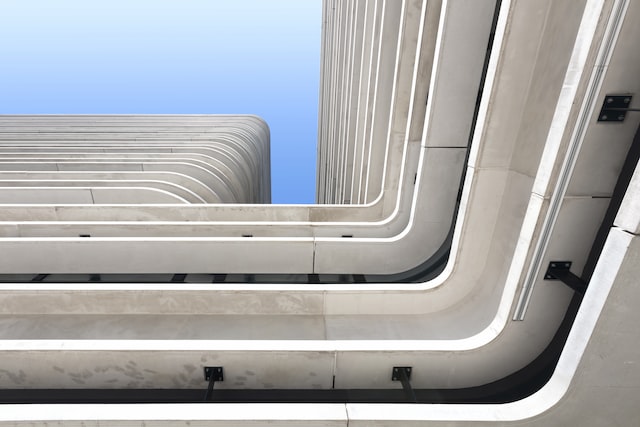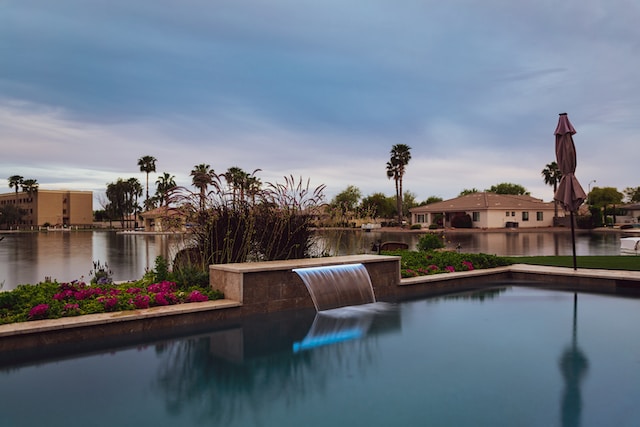The construction industry is no stranger to innovation. As newer, more efficient building techniques and materials come out on the market, builders can use these tools to build higher-quality structures faster and cheaper than in the past. One of these modern advances in the industry has been precast concrete – a type of concrete that is formed off-site and then set into place with much less effort than standard poured-in-place concrete.
Precast concrete offers an array of benefits from quicker installation time to superior strength; however, what makes it so special is its ability to transform supply chains for large infrastructure projects or make smaller residential builds easier for contractors working with homeowners. In this blog post, we’ll explore some key advantages that precast concrete brings to any construction project and understand what is precast concrete.
Understanding what is Precast Concrete
Precast concrete is a man-made building material that is created by pouring concrete into molds while it is in a fluid state. Once the concrete has hardened, the molds can be removed and the precast concrete pieces are ready to be used in construction. Precast concrete is often used for larger structures such as walls, floors, and foundations because it is strong and durable.
The benefits of using precast concrete in construction projects.
Precast concrete has been used in construction projects for centuries. There are many benefits to using precast concrete in your next project.
One of the benefits of precast concrete is its durability. Precast concrete is strong and can withstand extreme weather conditions. It is also resistant to fire, moisture, and pests.
Another benefit of precast concrete is its speed of installation. Precast concrete can be installed quickly and easily, which saves time and money. It can also be installed in any weather condition.
Precast concrete is durable. It can withstand extreme weather conditions and is resistant to corrosion and fire.
Sustainability: Precast concrete can be made with recycled materials, and the manufacturing process can produce less waste than cast-in-place concrete.
Versatility: Precast concrete can be used in a variety of applications, including walls, foundations, beams, and columns. It can also be used to create a wide range of decorative finishes and shapes.
Precast concrete is cost-effective. It can be produced in a factory setting, which reduces the amount of time needed on-site. This also results in less waste and reduced labor costs.
Precast concrete is eco-friendly. The manufacturing process emits significantly less CO2 than traditional construction methods. Additionally, precast concrete can be recycled at the end of its life cycle.
How precast concrete can speed up the construction process.
Precast concrete can speed up the construction process in a few ways. One of the most important ways is that it can be produced in a factory setting, under controlled conditions. This means that the concrete will be of a consistent quality, which leads to a quicker and more efficient installation on-site. Additionally, because much of the construction process is done off-site, it minimizes the amount of time that workers spend on-site, and reduces the amount of noise and dust that is created. This also makes it safer for workers, as there is less chance of them being injured on a busy construction site.
The potential for using precast concrete in smaller residential builds.
Precast concrete has many benefits that can be appealing for smaller residential builds. It is a relatively affordable material, and it is also very durable. This makes it a good choice for projects that will see a lot of use, such as homes with children or pets. Additionally, precast concrete is often customizable, so it can be tailored to fit the specific needs of a project. This flexibility can be important for smaller builds, which may not have the same variety of options as larger projects. Finally, precast concrete is also relatively easy to install, which can be helpful for builders who are working on a tight timeline or who are inexperienced with this material.
Some of the most common applications for precast concrete
Precast concrete is commonly used in a variety of applications, including:
- Bridges
- Parking garages
- Roadways
- Sewers
- Foundations
- Retaining walls
Each of these applications requires a different set of properties from the precast concrete, which is why it is often used in such a wide variety of settings. For example, when used in bridge construction, precast concrete must be able to withstand high winds and seismic activity, while retaining its structural integrity. In parking garages, on the other hand, precast concrete is often used for its durability and resistance to weathering.
Conclusion
Precast concrete is an increasingly popular choice for construction projects due to its many benefits. It is durable, strong, and can speed up the construction process. Additionally, precast concrete is becoming more popular in smaller residential builds. If you are considering using precast concrete in your next construction project, read more here.







